Last time we were introduced to RESPs, one of the most useful financial tools in Canada. It can be difficult however to take full advantage of the benefits that RESPs have to offer. Read on to learn how to make the most of this opportunity for your child or grandchild:
Contributing to your RESP
Unlike your RRSP, contributions made to your RESP are on an after-tax basis, meaning you do not receive a deduction for contributing.
Contributing $2,500/year will maximize the CESG credit that you receive, but there is no yearly limit on how much you can contribute. You could contribute the entire life-time limit of $50,000 in one year if you want to, although I would not recommend that strategy.
You can carry forward past contributions to a maximum yearly CESG of $1000. This can be hard to understand, so let’s go through an example:
Say you open an RESP in Year 1, but don’t make contributions for two years. This leaves you with two years worth ($1,000) of CESG you can carry-forward. How should you take advantage of this carry-forward? Contribute $5,000 in Year 3, and Year 4:

The bottom line is that you cannot carry-forward all of your unused CESG in one year, you can only carry-forward one year ($500) of CESG at a time.
Withdrawing From an RESP
In order to draw from the RESP, the student must present official proof of enrollment documentation from a post-secondary education institution.
RESP money can be withdrawn to pay for education related expenses including tuition, housing, and school supplies (including things like laptops).
The taxation rules around RESP withdrawals are more complex then for your RRSP.To make things more clear, its useful to split RESP money into 2-buckets:
Contributions, and Educational Assistance Payments (EAP). Your EAP consists of all investment income, and CESG in the account.
Lets take a look:
Contributions
Since contributions are made in after-tax dollars they can be withdrawn once your child starts school with no taxes payable, If you withdraw contributions before your child start school, you will have to pay back the corresponding CESG and may be restricted from receiving CESG for a few years.
EAP
EAP that is withdrawn from the RESP once your child starts university is taxed as income in the hands of the child, and the proceeds must be used for educational purpose.
You can only withdraw $5,000 in EAP in the first 13-weeks of your childs program. If you need additional funds during this period, it must be taken from your “contributions” bucket.
What happens if your child does not go to university?
Contributions
Since contributions are made in after-tax dollars, you can withdraw these funds with no taxes payable, and no penalty.
Investment Income
If you withdraw investment income from your RESP for any reason other than to fund an education expense, then the income is taxed at the contributors (not your child’s) marginal tax rate +20%. In other words, if you are in the highest tax bracket, then the income will be taxed at over 70%!
The one exception to this is if you have unused RRSP contribution room then the income can be contributed to your RRSP, up to a maximum of $50,000.
CESG Credit
Unless the CESG credits are withdrawn as part of an EAP, then 100% must be paid back to the government.
As you can tell, if your child does not attend university there can be strict penalties. Fortunately, to limit the downside of contributing to an RESP the government allows you to name an alternate beneficiary as long as they are a sibling under age 21. The rules around this can be very case specific, so we recommend seeking the advice of a properly licensed Investment Advisor before making any specific beneficiary decisions.
RESP Maximization Strategy
If you are: contributing as soon as your child is born, have the money, and want to maximize the benefit you receive from the tax-deferred compounding of your RESP you should contribute in the following way:
Year 1 – $16,500
Years 2-14 – $2,500
Year 15 – $1000
This strategy will give you the maximum CESG grant of $7,200, while giving your money the longest tax-deferred compounding time.
Do you have any comments are questions about RESPs? Are there any other RESP strategies that you have seen? Let me know at www.rosedalefamilyoffice.ca
